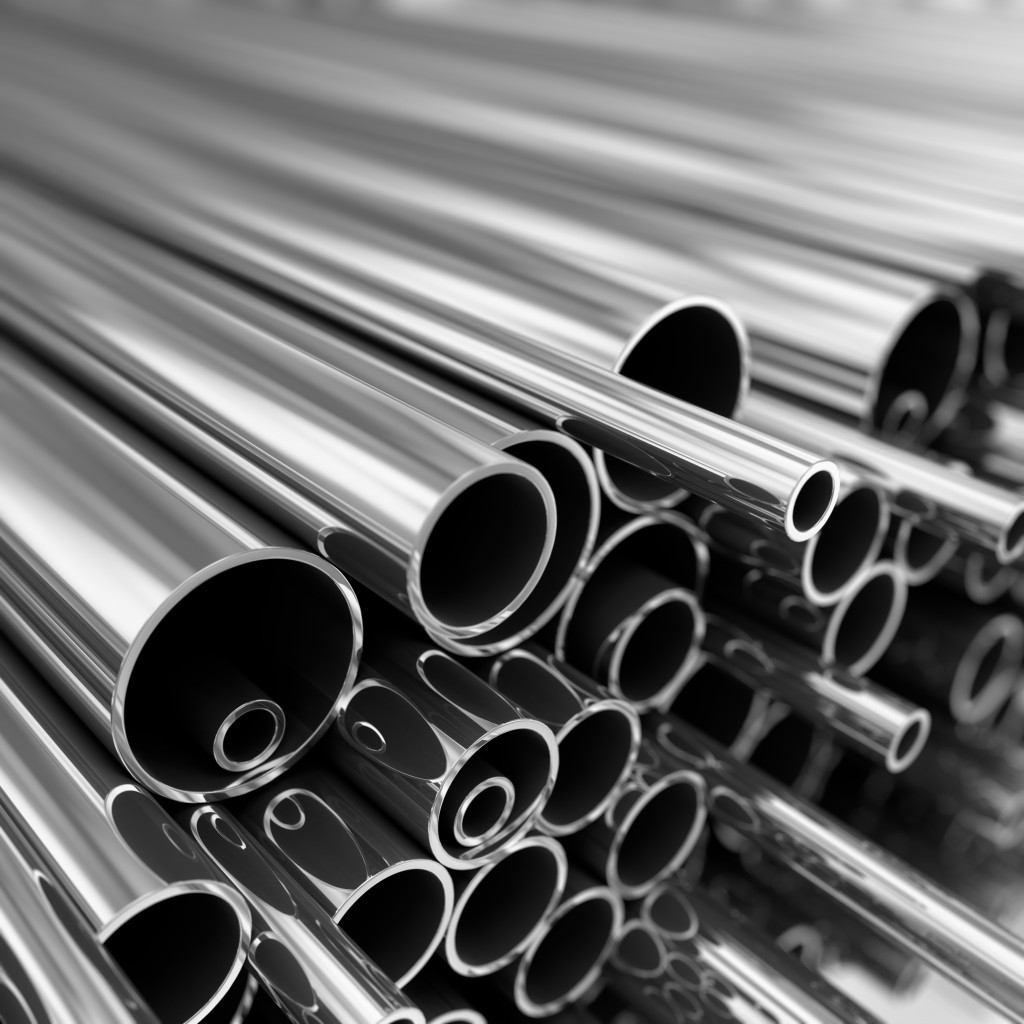You can see the use of metal in our everyday life — be it in the residential, commercial, or industrial setting. What’s more, its quality can be insured through several factors. For example, the effectiveness of metal cutting in a Utah setting can greatly benefit from them. Through these, better results are driven.
Microstructure
A microstructure can be seen through a microscope. This is the crystal or grain components of the metal. Under a microscope, the microstructure of metal has a polished and etched surface. The microstructure of the metal influences its machinability.
Size of the Grain
You can tell whether a metal can cut easily or not through its structure and grain size. These are its general indicators. For metals with small and regular surfaces, the grains will cut fairly easy. An intermediate metal will have some sort of requirement to cut and finish. Another factor in the machinability of a metal is its hardness.
Heat Treatment
Metals can be put in extreme conditions — like heat and cold — in its solid form to achieve desired quality. The results of these operations decrease the brittle quality of the metal. It also removes the stress of the metal and makes it tough and durable.
Chemical Composition
This plays a major role in the machinability of metal; although the outcomes are not always the same. The reason for this is the elements that make up the metal, which can work collectively or by itself. There are, however, simplification methods to do to render its machinability.
Fabrications

You can do several procedures to metal to alter its machinability, component, and structure. These methods are cold rolling, hot rolling, and cold drawn casting. An example of working with metal is hammering, which brought forth wrought metal. Wrought metal comes in many shapes and is done using traditional techniques in manufacturing. On the other hand, casting is the process that uses a mold to pour molten metal in. There are times when there’s no need for a machine to do a casting.
Hardness
Hard metal is not susceptible to deforming. You can use the Rockwell or Brinell scale to measure the hardness of a metal. To add, you can test the hardness by putting an indenter to the test material. There is a specific weight load for this procedure.
Yield Strength
The tensile test is used to measure the yield strength. It’s for the comparison of metal material conditions as well as the different kinds of metals. You can do the procedure by using a shaft or a cylindrical rod. The opposite ends must then be pulled using a hydraulic machine. Two marks are put on the shaft and as the process happen, these marks will be pulled further apart.
The machinability of metal is determined through the factors above. There are still several properties that makeup metal like elasticity, thermal expansion, and thermal conductivity. You must consider these first before working with metals. Doing so allows you to work effectively, resulting in less waste and repetitions.
